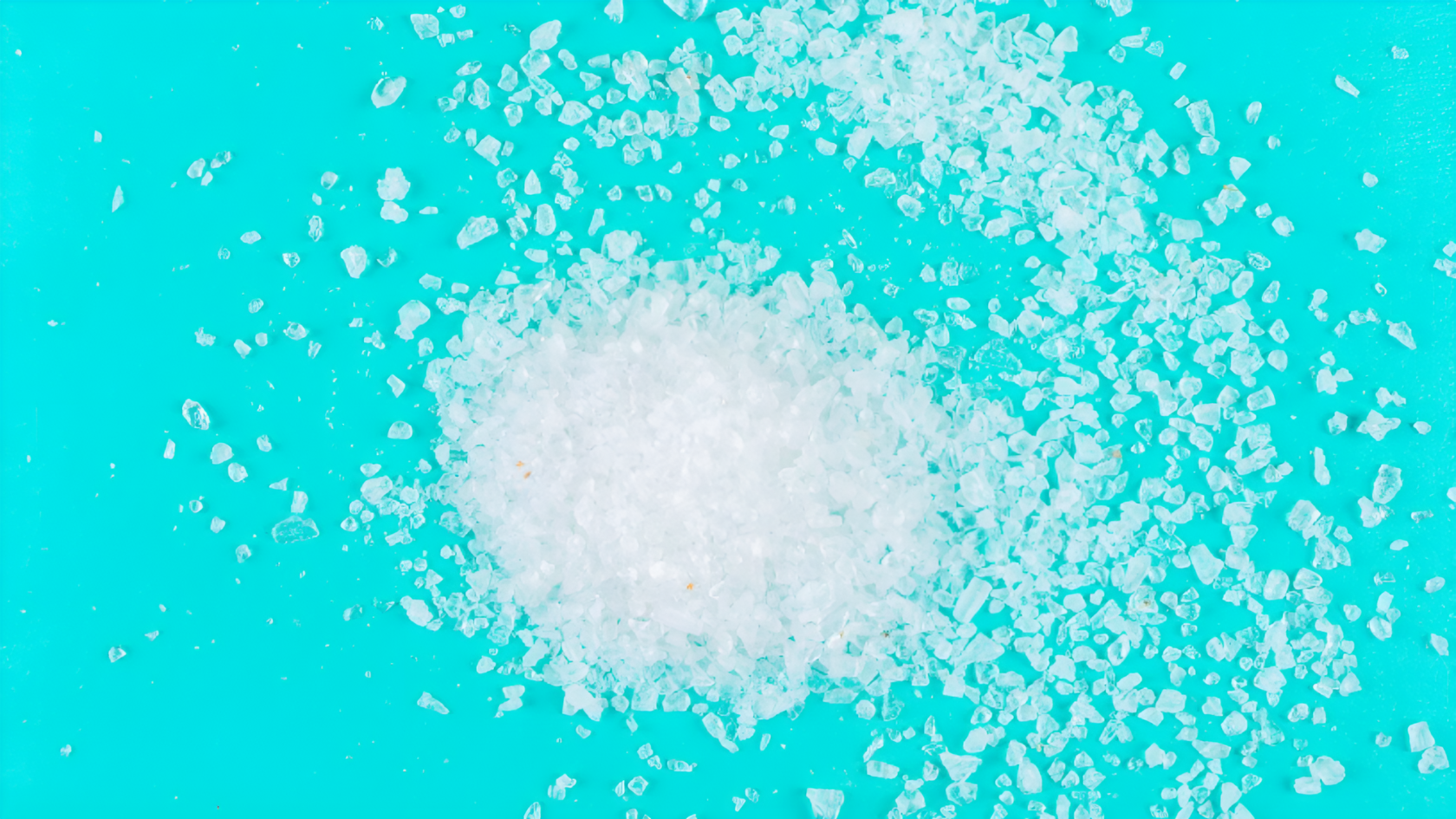Normal saline sounds simple—just salt and water—but this humble 0.9 % solution shows up in nearly every hospital room you’ll ever walk into. You’ve seen the clear bag hanging beside a patient’s bed or the small syringe flush that keeps an IV line patent. Yet behind that clear liquid lies a surprisingly rich story of chemistry, history, and patient safety.
In this post, you’ll learn exactly what goes into normal saline, why clinicians choose it first in emergencies, and when they decide not to reach for it. By the end, you’ll be able to explain its benefits, spot its limits, and make smarter choices about IV therapy, whether you’re a nursing student, a new clinician, or a curious patient.
Key Takeaways
- Normal saline is a 0.9% sodium chloride solution, mirroring blood plasma’s salt levels, making it ideal for IV hydration and medication delivery.
- Commonly used in hospitals, it treats dehydration, maintains blood pressure, and serves as a carrier for intravenous drugs during various medical procedures.
- Overuse can lead to complications like fluid overload and metabolic acidosis, especially in patients with kidney or heart conditions.
- Despite its widespread use, the term “normal” is a misnomer; its composition was standardized based on outdated scientific assumptions.
- While generally safe, careful monitoring is essential to prevent potential side effects and ensure optimal patient outcomes.
Table of Contents
Normal Saline Basics: What It Is, How It Helps, and When to Be Careful
Normal saline is a sterile mixture of 0.9 % sodium chloride in water. Each liter packs about 154 milliequivalents (mEq) of sodium and 154 mEq of chloride, giving it an osmolarity of roughly 308 mOsm/L—close enough to blood plasma that your red cells stay happy and intact. The solution’s pH sits near 5.5, a bit acidic, but safe for short‑term infusion.
A Misleading Name
Early surgeons in the 1800s experimented with many salt blends, but the “0.9 %” formula stuck more by accident than design. A landmark 1896 paper miscalculated human blood chloride, and later teams copied the recipe, assuming it was “physiological.” Modern reviews show no firm historical reason that 0.9 % became the norm. so the label “normal” is really a myth.
Why It’s Classified as Isotonic
Because its tonicity closely mirrors plasma, normal saline doesn’t pull water into or out of cells. That makes it perfect for:
- Rapid volume resuscitation in blood loss or shock
- Maintenance fluid when patients can’t eat or drink
- Line flushing to keep IV catheters open
- Medication carrier for many IV drugs
- Compatible fluid during blood transfusions
These everyday tasks explain why U.S. hospitals order over 200 million liters each year.
Simple, Yet Not Harmless
Quick Composition Snapshot
Component | Amount per L | Why It Matters |
Sodium (Na⁺) | 154 mEq | Major extracellular cation; restores volume |
Chloride (Cl⁻) | 154 mEq | Helps balance charge; excess → acidosis |
Osmolarity | 308 mOsm/L | Keeps cells iso‑volumic |
The bottom line: normal saline is isotonic, cheap, and reliable—but not quite “physiologic,” so context matters.
Lorem ipsum dolor sit amet, consectetur adipiscing elit. Ut elit tellus, luctus nec ullamcorper mattis, pulvinar dapibus leo.
Clinical Uses, Benefits, and Safety Tips
When to Reach for Normal Saline
- Acute dehydration: Vomiting, diarrhea, or heat illness sap extracellular fluid; normal saline replaces it fast.
- Hypovolemic shock: First‑line bolus (20 mL/kg in adults; 10–20 mL/kg in kids) restores perfusion quickly.
- Drug compatibility: Many IV antibiotics and pain meds mix safely with saline, reducing precipitation risk.
- Intracranial pressure: Unlike hypotonic fluids, saline won’t swell brain cells.
Red‑Flag Situations
- Heart failure or renal failure – extra sodium can worsen fluid overload.
- Hypernatremia – adding more salt raises sodium further.
- Metabolic acidosis risk – large volumes (> 30 mL/kg) may push chloride up.
- Trauma with massive transfusion – balanced fluids may cut kidney injury risk.
The Balanced‑Crystalloid Debate
New trials compare saline with “balanced” solutions (like lactated Ringer’s or Plasma‑Lyte). Balanced fluids swap some chloride for lactate or acetate, buffering acid load. A 2023 meta‑analysis in The Lancet found no overall mortality difference, but hinted at less kidney injury and shorter ICU stays in some septic patients when balanced crystalloids were used.
Another 2024 analysis of diabetic ketoacidosis patients showed balanced fluids lowered post‑resuscitation chloride without changing recovery times.
Administration Basics
- Check the bag: Ensure “0.9 % Sodium Chloride Injection, USP.”
- Maintain sterility: Use aseptic technique on ports.
- Label additives: If mixing meds, write drug, dose, and time.
- Monitor labs: Assess sodium, chloride, creatinine after large volumes.
- Warm for neonates: Cold fluid drops core temp fast in infants.
Tips for Safer Infusions
- Start with smaller boluses in frail elders; reassess lungs and BP.
- Use buffered crystalloids in high‑risk kidney or sepsis cases when possible.
- Switch to oral hydration once gut function returns; intravenous lines carry infection risk.
- Educate patients: Explain why they’re getting saline and what to report—swelling, shortness of breath, or IV site pain.
Normal saline remains your workhorse fluid, but thoughtful dosing keeps it on your side.
Ready To Master IV Fluids?
Frequently Asked Questions
The name stuck after early researchers misestimated blood chloride over a century ago; later teams copied the formula. It’s tradition, not perfect physiology.
About 9 g of sodium chloride, giving 154 mEq each of sodium and chloride plus sterile water.
In emergencies, adults often get 20 mL/kg over 15–30 minutes; always monitor blood pressure and lung sounds.
Yes. Large infusions load chloride, lowering serum bicarbonate and pH (hyperchloremic acidosis).
Generally yes, but clinicians still monitor fluid balance to avoid overload.
Yes. Saline is compatible with packed red cells, avoiding hemolysis.
It matches the saltiness of tears—about nine grams per liter—so it’s noticeably salty on the tongue.
Yes. Like any drug, IV fluids require a prescription detailing rate, volume, and duration.
Alert staff if you feel short of breath, develop swelling, or notice pain or redness at the IV site. Early reporting prevents complications.

